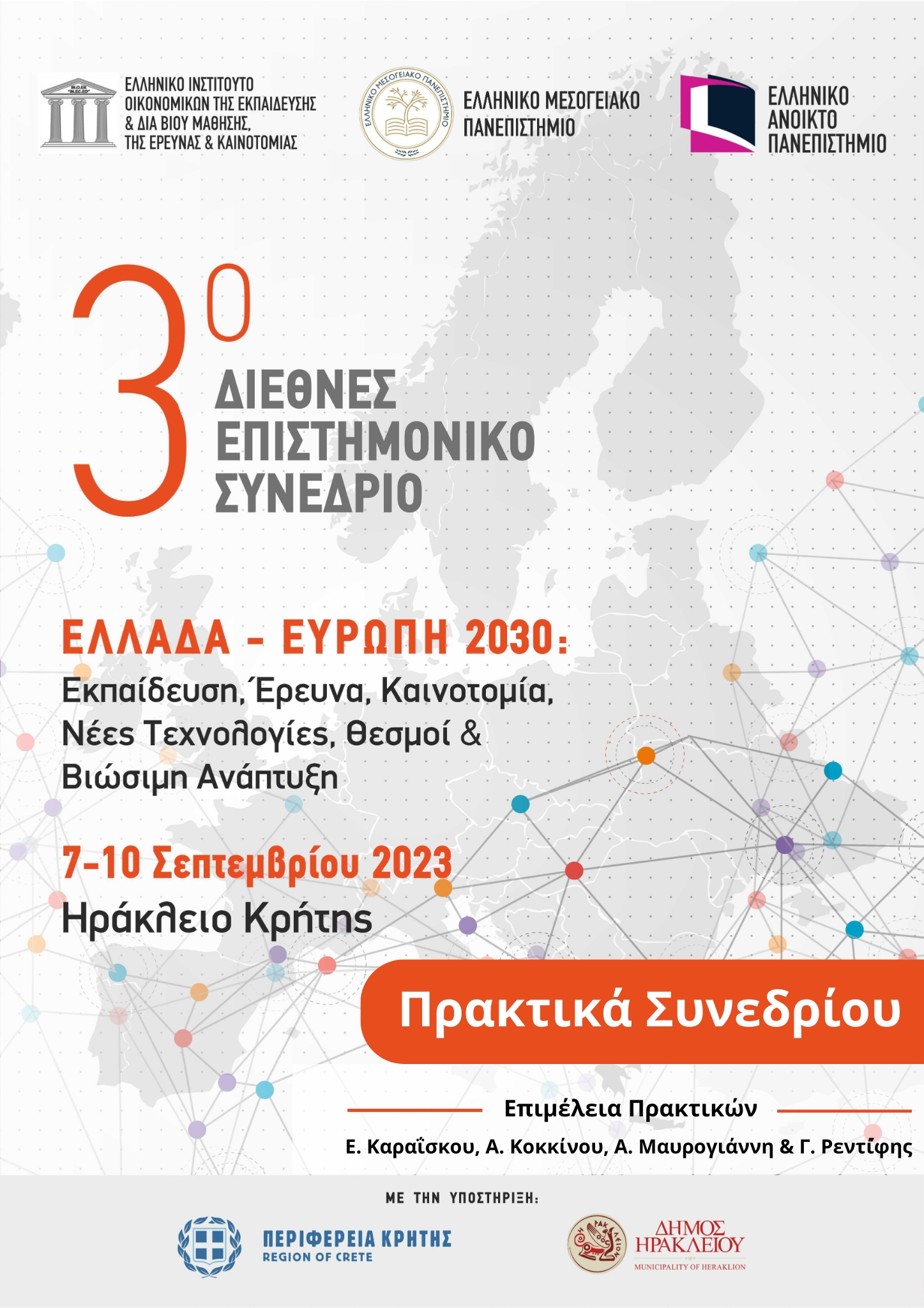The Returns to Education Paper presented by the Invited Speaker Dr. Harry Patrinos

Περίληψη
As we celebrate anniversaries of seminal works by Psacharopoulos, Mincer, and Becker, it is important to trace the evolution of the returns to education. The 20th century witnessed an educational revolution, with global average years of schooling rising from less than 2 in 1900 to over 7 in 2000. Cost-benefit analyses estimate returns to education, showing an average of 10 percent, higher for women and in lower-income areas. The canonical model suggests individuals respond to returns, influencing educational choices. Social returns to education extend beyond private gains, impacting crime rates, economic growth, and environmental health. The intricate interplay between private and social returns underscores the multifaceted nature of education's impact on individuals and societies.
Keywords: Return to schooling; wages; social returns
Λεπτομέρειες άρθρου
- Ενότητα
- Ομιλίες

Αυτή η εργασία είναι αδειοδοτημένη υπό το CC Αναφορά Δημιουργού 4.0.
Οι συγγραφείς των άρθρων που δημοσιεύονται στα πρακτικά του συνεδρίου για την «Εκπαίδευση, Δια Βίου Μάθηση, Έρευνα και Τεχνολογική Ανάπτυξη, Καινοτομία και Οικονομία»διατηρούν τα δικαιώματα πνευματικής ιδιοκτησίας επί των άρθρων τους. Άρθρα που δημοσιεύονται στα πρακτικά διατίθενται με άδεια Creative Commons 4.0 και σύμφωνα με την άδεια μπορούν να χρησιμοποιούνται ελεύθερα, με αναφορά στο/στη συγγραφέα και στην πρώτη δημοσίευση για μη κερδοσκοπικούς σκοπούς και με δικαίωμα τροποποίησης μόνον με παρόμοια διανομή (αν αναμείξετε, τροποποιήσετε, ή δημιουργήσετε πάνω στο υλικό, πρέπει να διανείμετε τις δικές σας συνεισφορές υπό την ίδια άδεια όπως και το πρωτότυπο)

